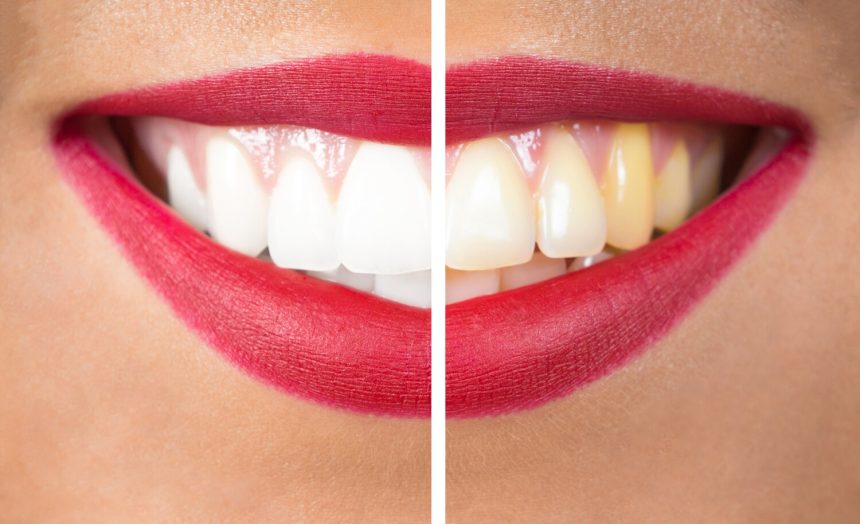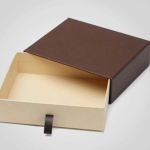Do you ever find yourself worrying about your children’s teeth and whether or not they’re going to fall victim to staining? If the answer is yes, then today’s post is for you! We all know that protecting our teeth from damage and discoloration should be an important task in life, but what we may not realize is that some of our favorite foods and drinks can lead to staining daily. In this blog post, we will go over the top causes of tooth stains and how to prevent them.
Our goal with this piece is two-fold: firstly, provide information so readers are informed on which drinks and foods cause tooth discoloration; secondly, offer advice that can help keep their pearly whites looking sparkling white even after eating or drinking those otherwise staining foods.
What Causes Stains on Teeth?
Some meals and drinks include chemical compounds called chromogens that provide their intense color, and these substances can stain our teeth. Tannin, which is found in some foods and drinks, can also leave a mark. Teeth enamel is easily eroded by acidic foods and drinks, making staining more likely. Anything that can discolor the fabric or your tongue is also likely to discolor your teeth.
Finding the right pediatric dentist to care for your little one’s teeth is an essential step in any child’s overall health and development. A Roseville pediatric dentist like Junior Smiles of Stafford can enable parents to have confidence that their children are receiving quality dental care.
6 Highly-Staining Foods and Drinks
Awareness of what stains your child’s teeth can impart early healthy habits in your child that can be considered as a part of the things you should teach them before school begins. This way, they are properly protected from stains and decay.
- Dye-laden candy
Candies with bright hues, such as lollipops, often contain food coloring, a powerful stain producer. If your kid’s tongue develops a tinge of color after eating these treats, it’s a solid sign that their teeth are affected. The same kind of pigment is frequently used in both popsicles and slushies. Most hard candies include a lot of sugar, which can cause tooth disease, and stickiness can damage teeth.
- Soda
Because of the acidity of carbonated beverages, even clear sodas can contribute to tooth discoloration in youngsters over time, even if they are sugar-free. Acids are produced when bacteria eat sugar in drinks. Colas that are dark in color include chromogens, and fruit-flavored sodas frequently use colored dye, both of which can stain teeth.
- Hot Chocolate
Hot chocolate is a warm beverage, which exposes the enamel of the teeth to potential damage to the enamel. Hot chocolate is the most beloved hot drink for kids, although any warm beverage will do. The deep brown color of the hot cocoa can also cause significant discoloration.
- Popsicles
Popsicles become liquid but are also solid, therefore they might be classified as either food or beverage. To cool off in the summer, nothing beats a popsicle. You can’t find a better way to cool off with these. Nevertheless, due to the high levels of artificial color they contain, they will quickly stain your child’s teeth.
- Berries
Believe it or not, numerous varieties of berries can discolor your teeth. Although many berries are packed with health benefits, their juice may discolor countertops with just a single touch. While our teeth are more resistant to staining than a countertop, consistent ingestion of berries can nevertheless lead to noticeable discoloration over time. Keep on eating berries, but watch how often you brush after eating them.
- Tomatoes
Tomatoes may raise your risk of dental enamel staining. In addition, the acidic qualities of tomatoes increase the likelihood that tomato soup, tomato juice, and other popular tomato-based dishes can stain your teeth.
You are not required to give up spaghetti with tomato sauce, butter chicken, and other tomato-based dishes, nor should you. Tomatoes are abundant in vitamins, minerals, fiber, and lycopene, an antioxidant that can lower cholesterol, inflammation, and heart disease risk.
Instead of eliminating tomatoes from your diet, try limiting their exposure to your teeth. Consume tomatoes in moderation, particularly in concentrated tomato-based dishes such as pasta with red sauce.
How to Prevent Stains
Cut Back
It’s not necessarily recommended that you exclude foods and beverages that can discolor your child’s teeth. Antioxidants can be found in abundance in many of these foods, such as blueberries, blackberries, and tomato sauce. You should still eat them, but try to limit consumption.
Consume foods that can help prevent stains.
Eating the right kind of food is a simple way to maintain a whiter smile, meaning you don’t have to resort to more expensive or time-consuming methods for keeping those chompers gleaming!
Water
You can prevent the dye from permanently staining your child’s teeth by drinking water says this trustworthy dentist in Richmond Hill. It is also possible to reduce the amount of time these substances have to stain your teeth by rinsing your child’s mouth with water after consuming staining meals and beverages.
Crunch, Fibrous Veggies, and Fruits
If you want to protect your child’s teeth from discoloration and whiten them, you should start chewing on fiber fruits and vegetables. Broccoli, apples, pears, celery, and carrots are just some of the crunchy vegetables and fruits that can help scrub teeth and massage gums while eating, hence reducing the likelihood of tooth stains. These foods are low in calories and high in beneficial nutrients, making them perfect for snacking.
Good Oral Hygiene
It may seem overwhelming to try to recall the long lists of drinks and foods to avoid or limit because they stain teeth, but just remember that if a food or drink can stain your child’s clothing, it can stain their teeth. Good dental hygiene is essential in the fight against tooth discoloration because it is impractical to eliminate all stain-causing foods to maintain teeth white, and some of these foods are quite healthy for your child.














